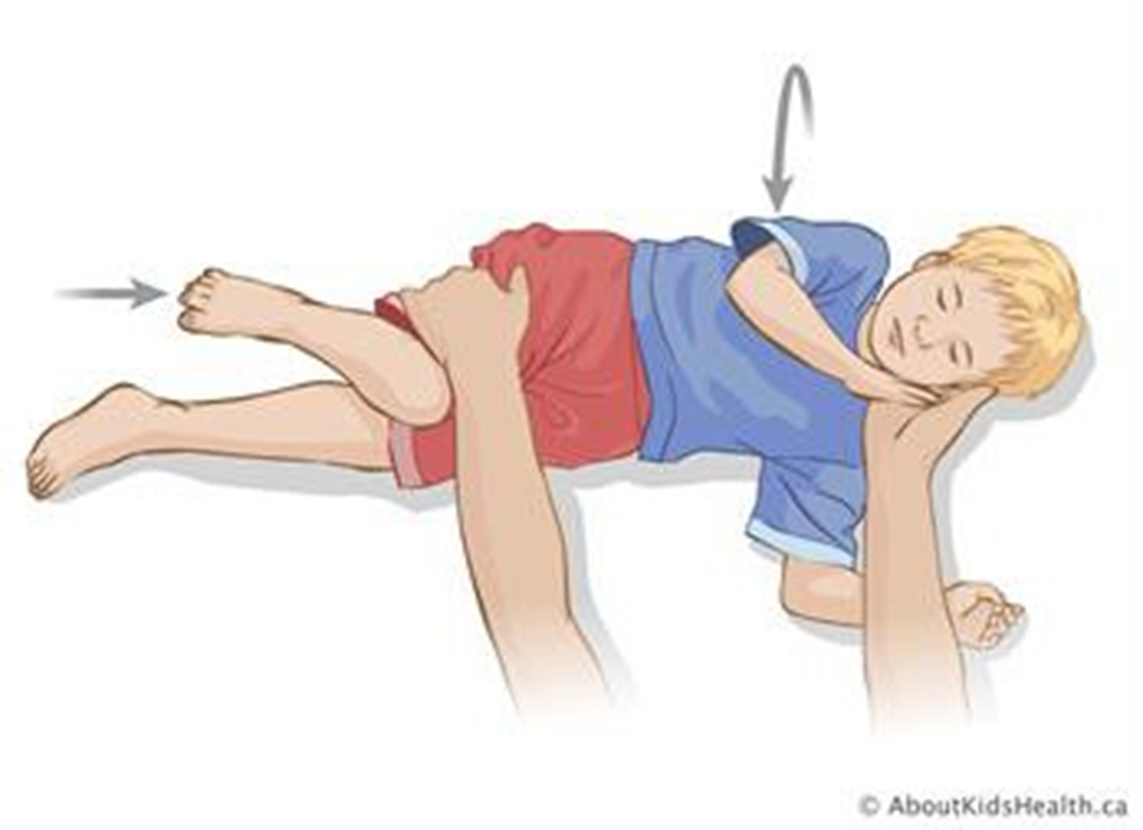A nurse is reinforcing teaching with a school-age child who has type 1 diabetes mellitus and his parent about illness management. Which of the following instructions should the nurse include?
Withhold insulin dose if feeling nauseous.
Test the urine for ketones.
Limit fluid intake during meal time.
Notify the provider if blood glucose levels are over 350 mg/dL.
The Correct Answer is B
Choice A rationale
Withholding insulin when feeling nauseous is not recommended. Insulin is necessary for the body to use glucose for energy. Without insulin, glucose stays in the bloodstream, leading to high blood sugar levels.
Choice B rationale
Testing the urine for ketones is important in managing type 1 diabetes. When the body does not have enough insulin, it breaks down fat as fuel. This process produces a buildup of acids in the bloodstream called ketones, eventually leading to diabetic ketoacidosis if untreated.
Choice C rationale
Limiting fluid intake during mealtime is not specifically related to the management of type 1 diabetes. It’s important to stay hydrated, but it doesn’t directly affect blood glucose levels.
Choice D rationale
Notifying the provider if blood glucose levels are over 350 mg/dL is not the only time medical advice should be sought. Any persistent, unusual, or extreme blood glucose reading should be discussed with a healthcare provider.
Nursing Test Bank
Naxlex Comprehensive Predictor Exams
Related Questions
Correct Answer is C
Explanation
Choice A rationale
Administering syrup of ipecac is not recommended in cases of iron overdose. Ipecac was once used to induce vomiting in cases of poisoning, but it is no longer recommended due to potential complications and lack of evidence for effectiveness.
Choice B rationale
Giving the child orange juice will not help in this situation. While vitamin C can enhance iron absorption, it does not have an effect on iron that has already been absorbed into the body.
Choice C rationale
Contacting the poison control center is the appropriate action. They can provide immediate advice on what to do in cases of potential iron overdose.
Choice D rationale
Providing a high-carbohydrate snack will not help in this situation. It will not affect the absorption or toxicity of the iron.
Correct Answer is D
Explanation
Choice A rationale
While placing a pillow under the child’s head might seem like a good idea, it’s actually not recommended during a seizure. The child’s movements could be unpredictable, and a pillow could potentially cause suffocation.
Choice B rationale
Removing the child’s eyeglasses is a good idea, but it’s not the first thing you should do. The child’s safety is the top priority, and eyeglasses can be removed once the child is safe.
Choice C rationale
Timing the seizure is important for medical professionals to know, but it’s not the first action to take. The child’s immediate safety is the priority.
Choice D rationale
Moving the child into a side-lying position is the priority. This position helps keep the airway clear and allows any vomit to exit the mouth, reducing the risk of choking.

Whether you are a student looking to ace your exams or a practicing nurse seeking to enhance your expertise , our nursing education contents will empower you with the confidence and competence to make a difference in the lives of patients and become a respected leader in the healthcare field.
Visit Naxlex, invest in your future and unlock endless possibilities with our unparalleled nursing education contents today
Report Wrong Answer on the Current Question
Do you disagree with the answer? If yes, what is your expected answer? Explain.
Kindly be descriptive with the issue you are facing.
